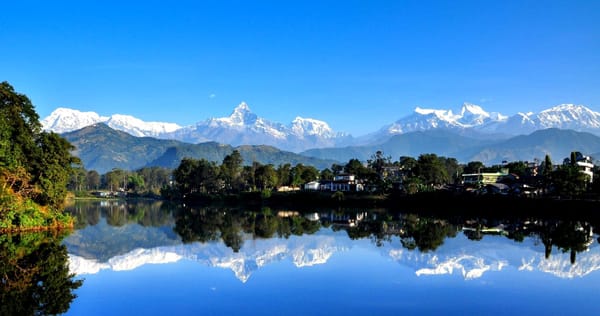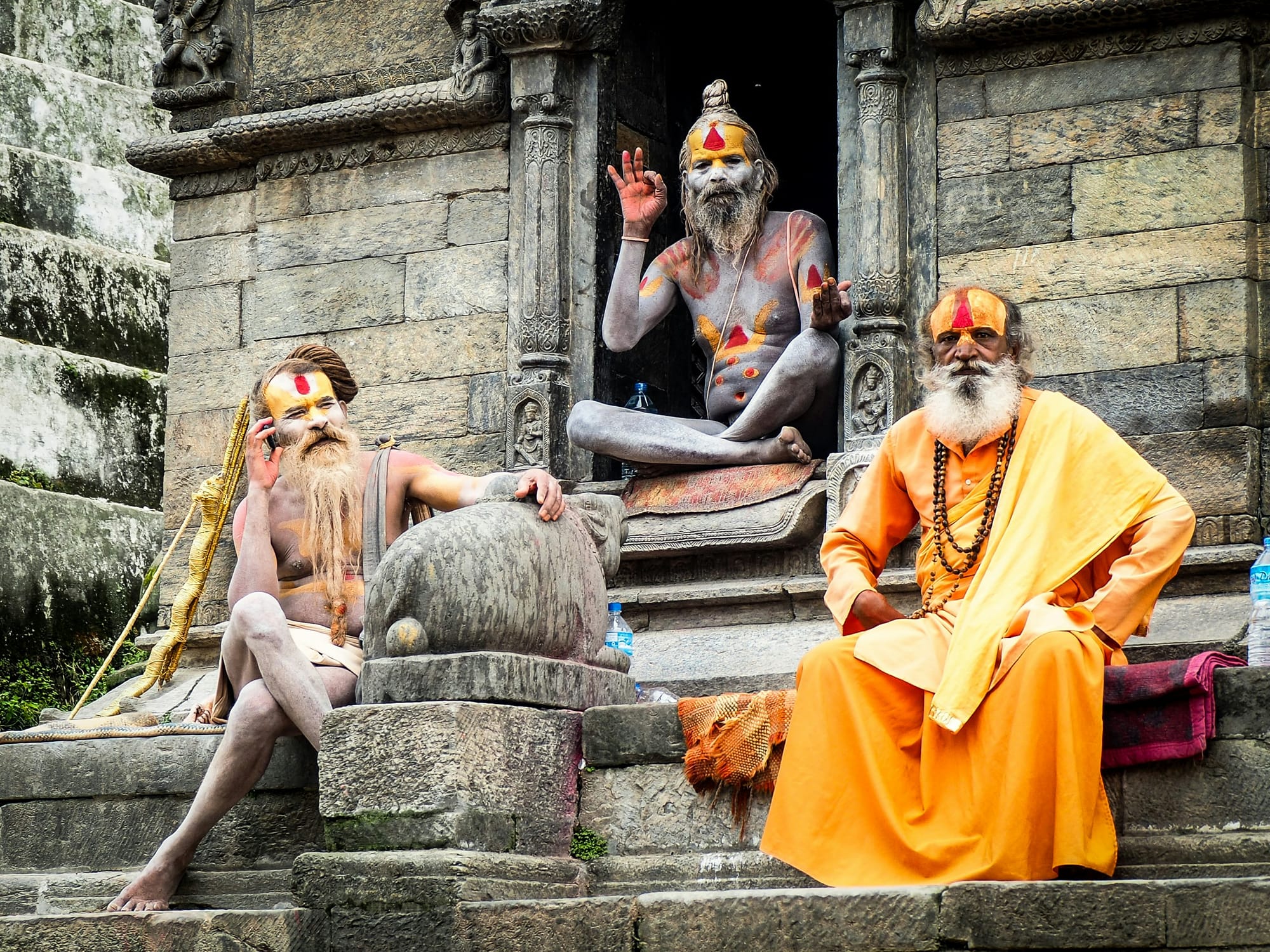
- Pasupatinath Temple
It is the oldest and the most sacred Hindu Temple of Lord Shiva which was built around 400 B.C on the bank of Bagmati River in Kathmandu. Due to its overwhelming architectural design, UNESCO listed Pasupatinath Temple on the world heritage site’s list in 1979 A.D. This temple is rebuilt in Nepalese pagoda style with a golden roof with four silver coated doors. There are more than 1000 Shiva Lingam and 492 temples around Pashupatinath area and many Sadhus (Saints) live in the surroundings indulged in meditation. Nepalese Funerals take place daily on the holy ghats (cremation place) of Bagmati river. Every evening a group of Pujaris (Hindu Priests) perform Aarati (worship) at the opposite side of the temple, on the bank of Bagmati river.
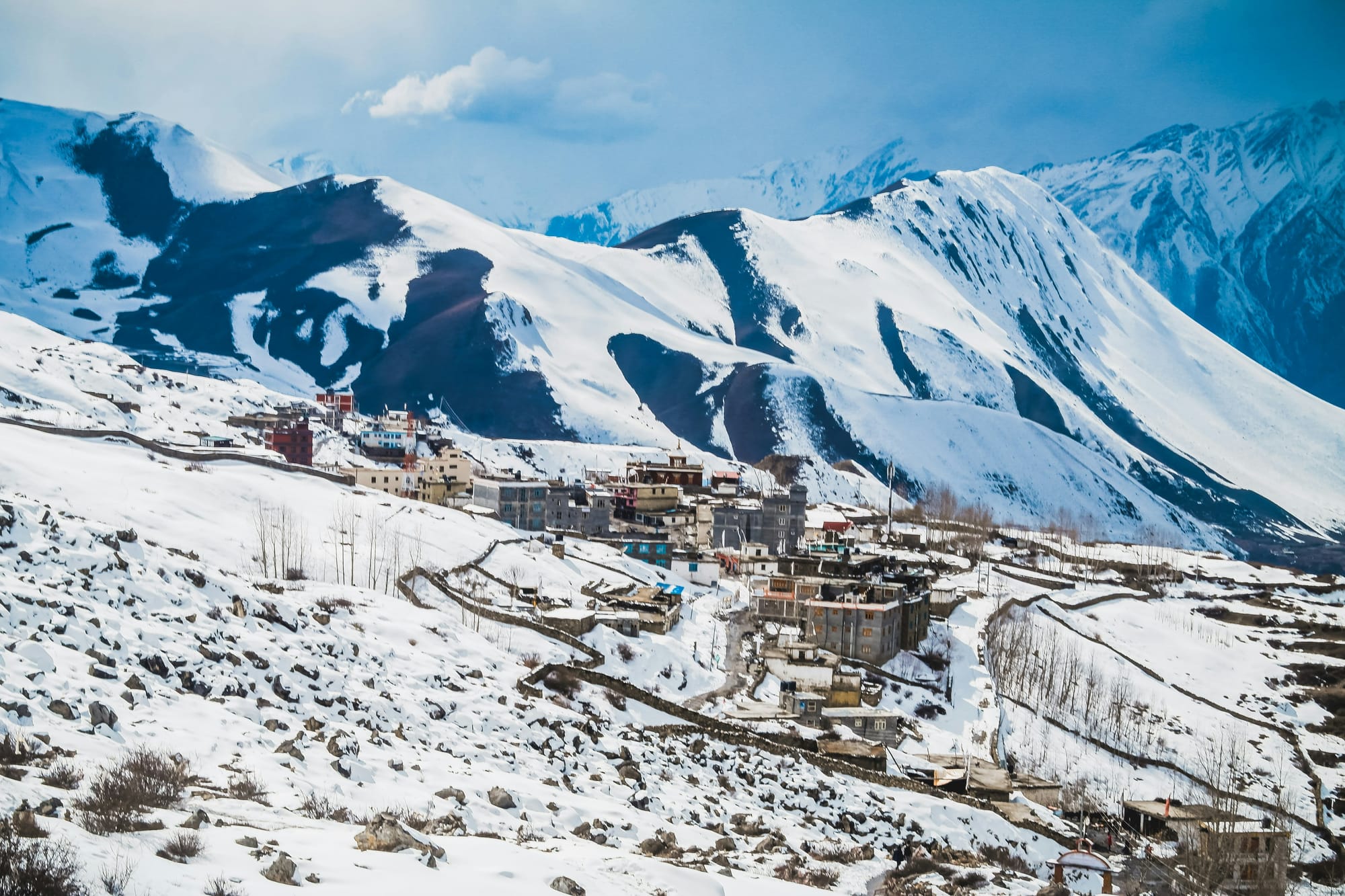
- Muktinath Temple
This temple is situated at 3710m altitude in Mustang, Nepal which can be reached either by taking a flight from Kathmandu to Pokhara, then flying to Jomsom or taking a jeep to Ranipauwa near Muktinath. Most of the trekkers who are trekking to Annapurna Circuit trek also visit this temple and inspect the art, architecture and celebration. Muktinath is a place of salvation both for Hindus and Buddhists. There are 108 taps behind the temple and two holy ponds namely “Laxmi” and “Saraswati” also known as Mukti Kunda. It is believed that taking the plunge in these ponds and on all those taps will rinse away your sin. The main shrine of Muktinath is a pagoda shaped temple dedicated to Lord Vishnu where the bells of Hinduism and the prayer flags of Buddhism resting in the same place symbolize the unity in diversity, peace and harmony.
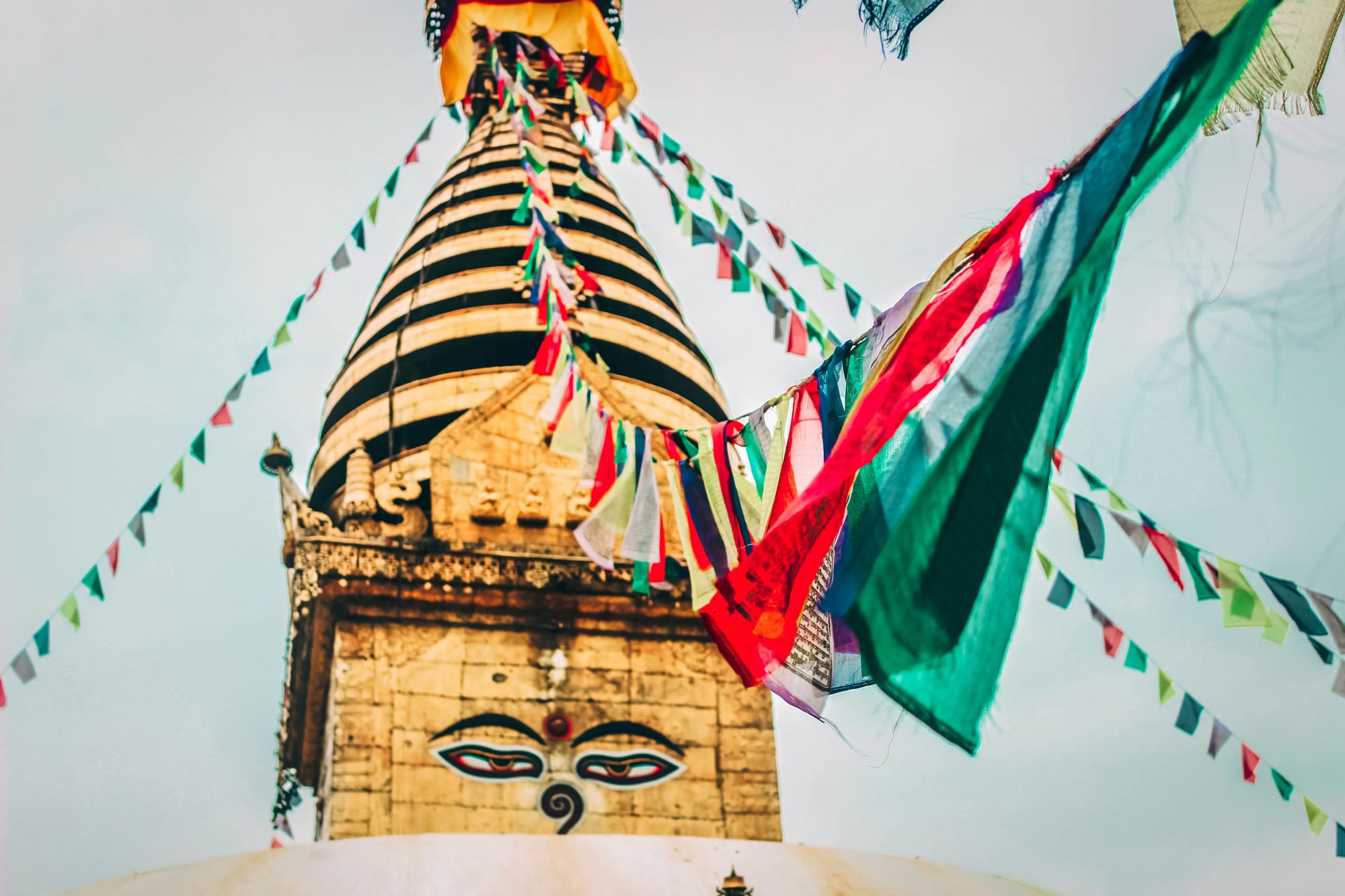
- Swoyambhunath
Swoyambhunath is situated on the top of a small hill in Kathmandu. In 1979 A.D, Swoyambhu which means “self-created” was listed in UNESCO World Heritage Sites whose origins are tied to the origin of Kathmandu Valley itself. It is one of the oldest monuments in Nepal, which is an amazing mixture of Hindu Shrines and Buddhist Stupas; two different forms of architecture co-existing in harmony. The site can be accessed through two ways: A long stairway of 365 steps that leads up to the top of Swoyambhu and a car road around the hill. Aside from being a holy location, the 360 view of Kathmandu Valley from the top is astonishing as well. The dome shaped Buddhist chaitya signifies the world and the eyes on each of the four sides represent wisdom and compassion. The holy site symbolizes peace, love and unity among the people. Swoyambhunath is widely known as “Monkey Temple '' among the tourists due to the overwhelming number of monkeys living in the forest of Swoyambhu.
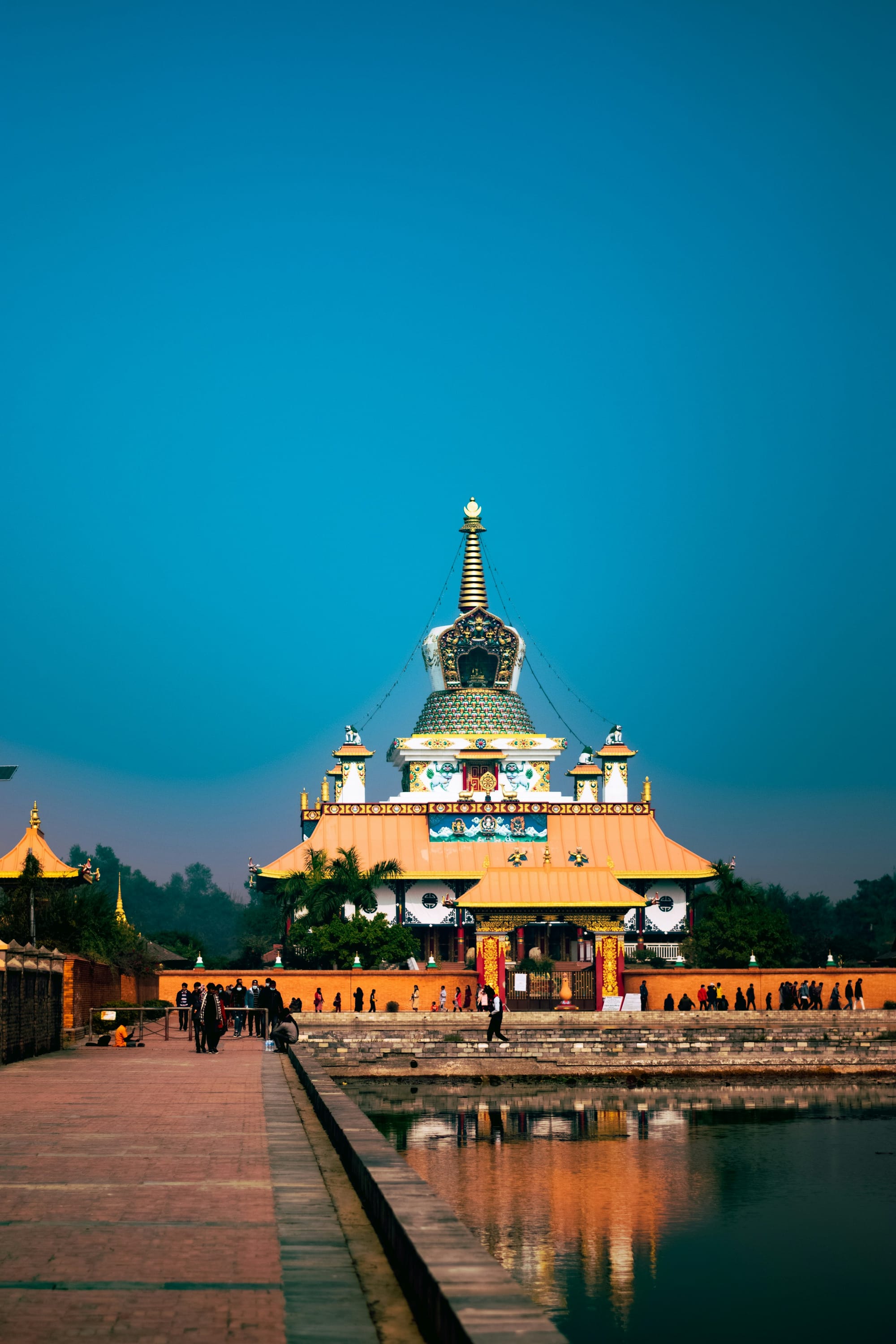
- Lumbini
Lumbini is the sacred birth place of Lord Gautam Buddha which was designated as UNESCO World Heritage Site in 1997 after a German Archeologist rediscovered the Ashoka’s pillar in this place. It is a holy Buddhist pilgrimage where different museums, Chaityas and monasteries are built in different architectural styles. The major monuments to explore here include The Maya Devi Temple, Ashoka Pillar, World Peace Pagoda, Chinese Monastery, Royal Thai Monastery, German Monastery, Sri Lankan Temple, South Korean Temple, Austrian Monastery, French Monastery, Cambodian Monastery, Canadian Temple, Singapore Monastery, Vietnamese Temple, Urgen Dorjee Choling Center, Golden Temple of Myanmar, Indian Temple and Japanese Stupa. It takes a 10 hours drive from Kathmandu by road or 30 minutes flight from Tribhuwan International Airport, Kathmandu to Bhairahawa Airport.
- Changu Narayan Temple
Changu Narayan Temple is known as the oldest temple of Nepal which is located 8 miles away from Kathmandu at the top hill of Bhaktapur. It is famous for its ancient art and crafts, stones and metals which are culturally and archaeologically important due to which it was listed in UNESCO World Heritage Site in 1979. Changu Narayan Temple is a fine example of Nepalese medieval architecture dedicated to Lord Vishnu. The stone inscriptions and pillar along with the temple and its various statues themselves have recorded it to be built as far back as the 464 A.D. An information center as well as some museums are located in the vicinity if you would like to dwell further into the rich history and fascinating myths of Changu Narayan Temple.
- Ram Janaki Temple
Janakpurdham is one of the holiest cities among Hindu devotees because of the Ram Janaki Temple. It is famous for its ancient culture, arts and architecture. Ram Janaki Temple, also known as “Nau Lakh Mandir” is a historic place where Ram and Sita got married. Devotees from Nepal, India and Sri Lanka visit this holy pilgrim on different occasions such as Vivaha Panchami and Ram Navami. Ram Janaki Mandir has been listed in the tentative list of UNESCO World Heritage Sites in the year 2008.
- Manakamana Temple
Manakamana where “Mana” means Heart and “Kamana” means wishes is one of the famous Hindu temples of Goddess Durga Bhagwati where it is believed that the goddess will grant the wishes of the pilgrims of deepest and purest hearts according to Hindu tradition. This temple rests 1300 meters at the top of the hill situated in Gorkha District. From the top, the sight of Marshyangdi and Trishuli rivers is truly breathtaking. The hilltop location also allows the worshippers to catch the spectacular views of Annapurna, Himalchuli and Manaslu peaks. The travelers can either take a 10 minute cable car ride from Kurintar or hike uphill for four hours to reach the temple.
- Gosaikunda
Gosaikunda, also known as the purest holy lake, is situated in Rasuwa district standing steadily 4,380m high from the sea level. There are altogether 108 Kundas (Lakes) around this area. There is a religious belief that connects the lake to Lord Shiva, god of power and destruction due to which during the full moon of August, many devotees visit the lake and take bath to wash out their sins. Gosaikunda remains frozen for six months. It is a famous trekking destination as no road route is available to reach the lake. One must travel by helicopter or walk for two days from Dhunche which is pleasurable for trekking lovers.
- Tal Barahi Temple
Tal Barahi is a two- storey traditional pagoda style temple situated on a small island in Pokhara’s Phewa lake. This temple is dedicated to Goddess Barahi, an incarnation of Goddess Durga. Thousands of devotees visit this temple on Saturdays and during Durga Puja. Tal Barahi temple is famous both in Hindu and Buddhist communities. The temple premise is large enough to fit a significant number of devotees and guests. The only way to reach this temple is via boat. This temple is the only one of its sort in Nepal which is built entirely on an island surrounded by the crystal-clear water of Phewa lake with no land passageways.
- Pathivara Devi Temple
This temple of Goddess Pathivara is situated to the northeast of the Phungling municipality of Taplejung district at the height of 3,794m above the sea level. It is the most sacred place to the Limbu people, who make up a sizable portion of the local population. Many pilgrims from different parts of Nepal and India visit here on significant occasions as it is renowned for granting the worshiper’s wishes. It is also one of the famous trekking destinations where the travelers enjoy the ethnic villages of Taplejung, waterfall of Sawa, mesmerizing views of Mount Kanchanjunga, Mount Kumbakarna and many more.








